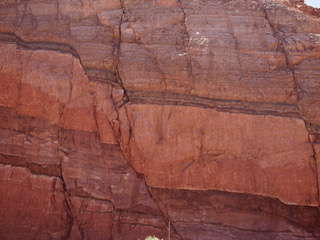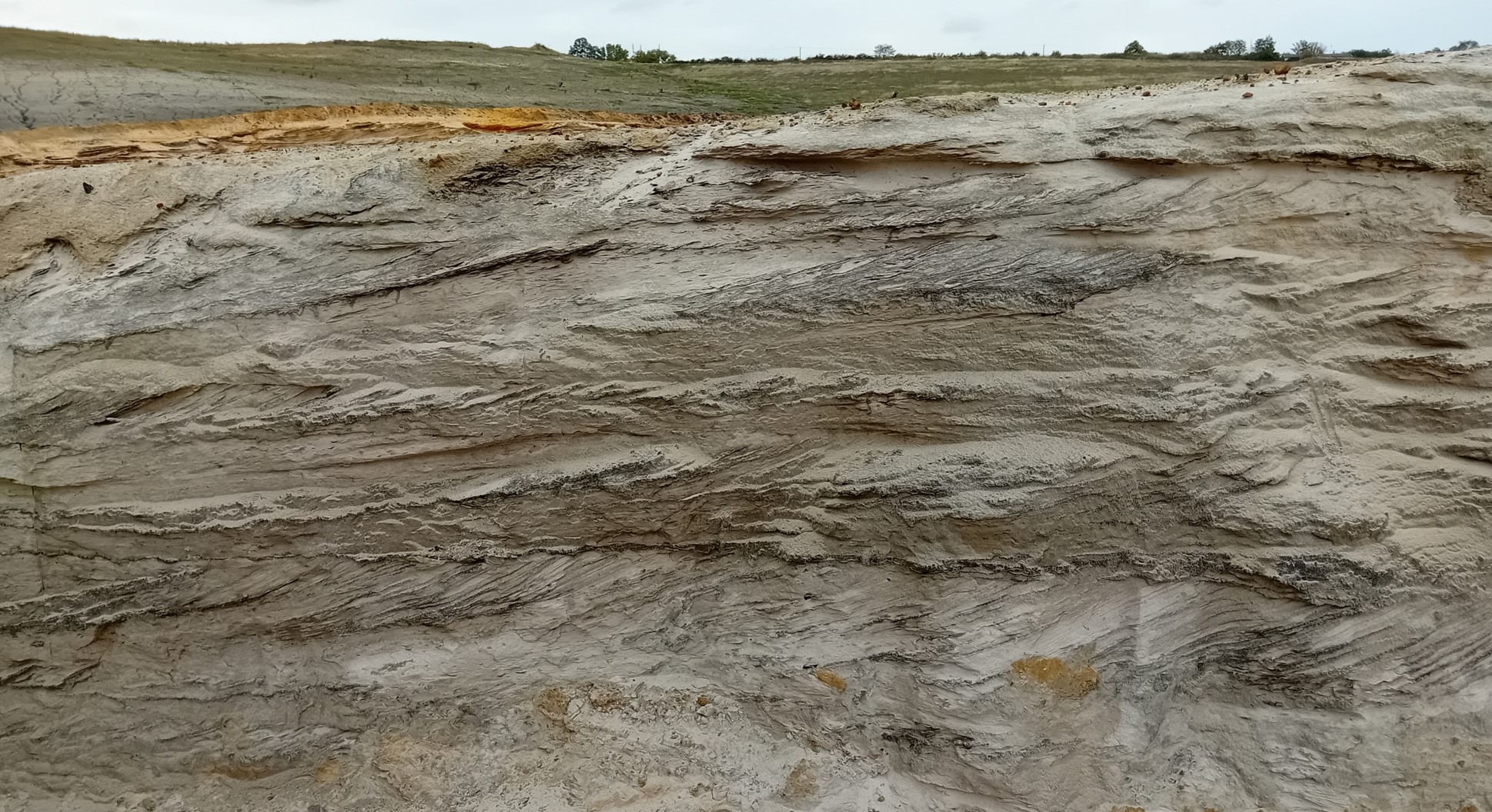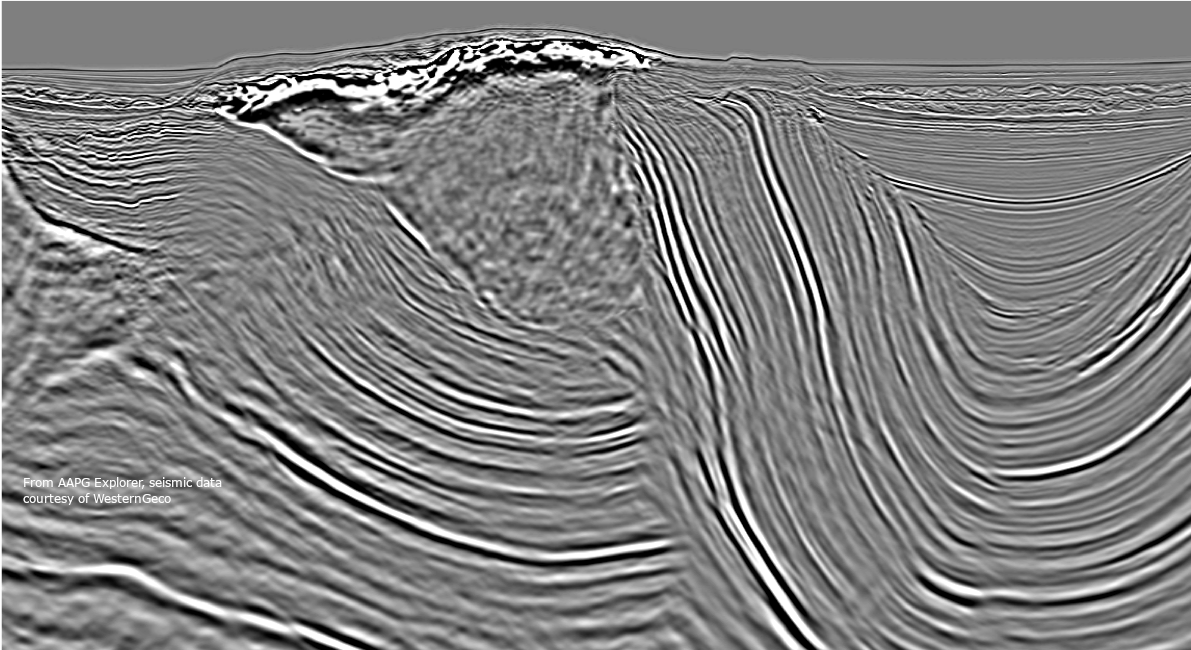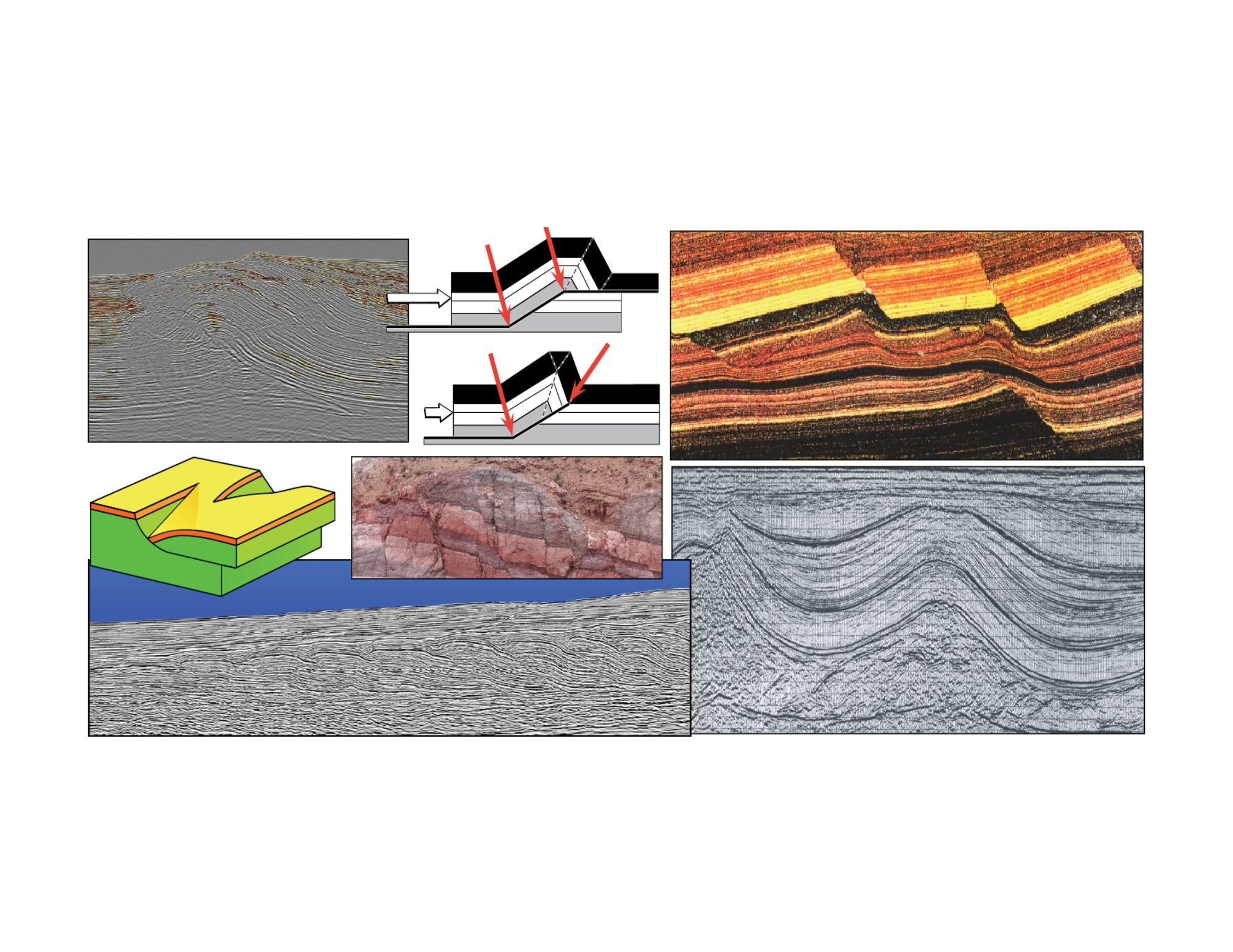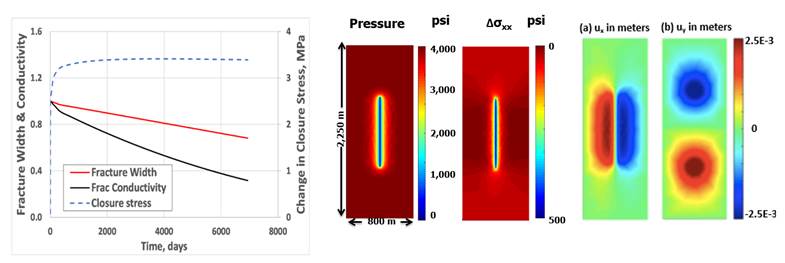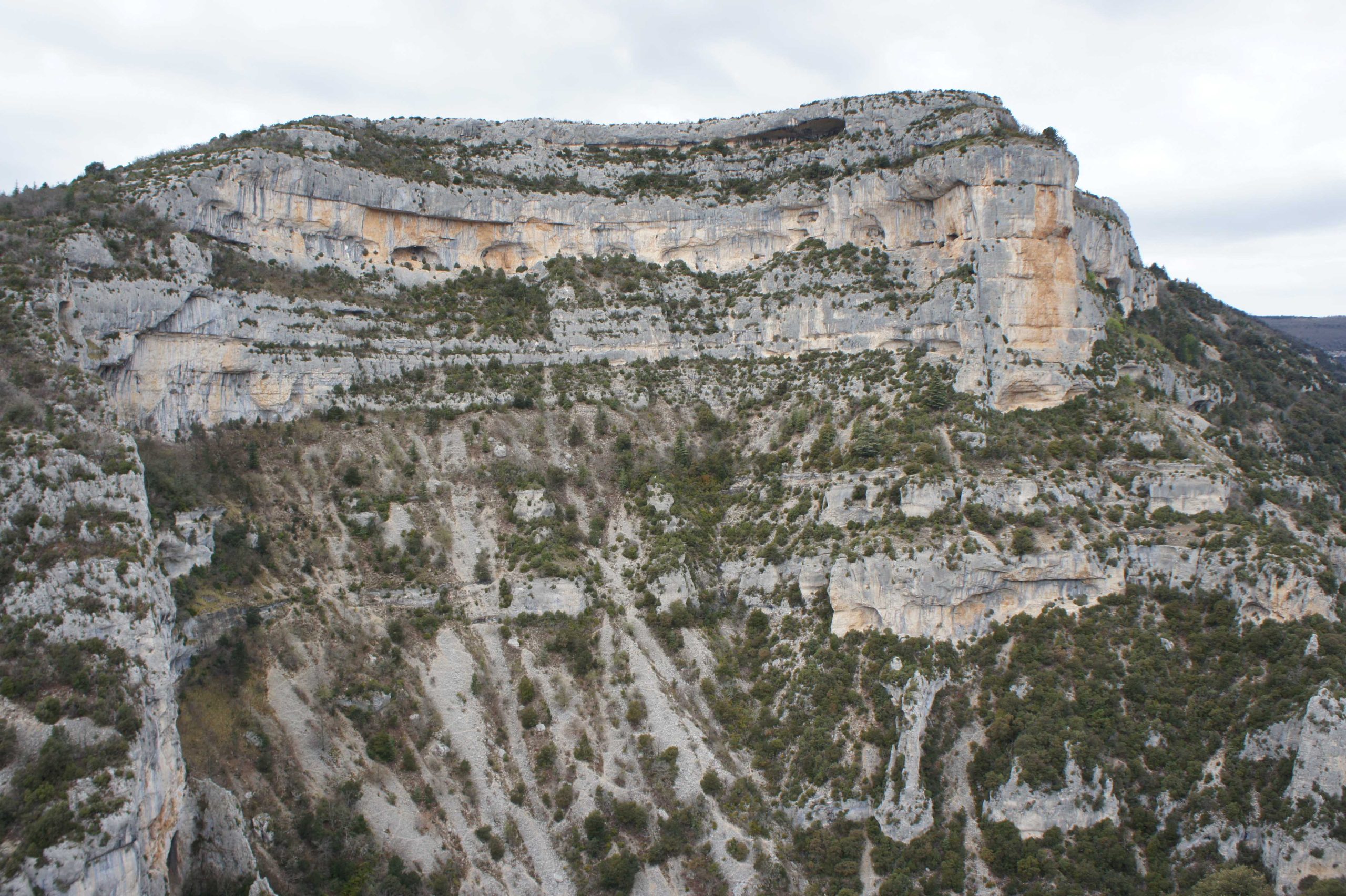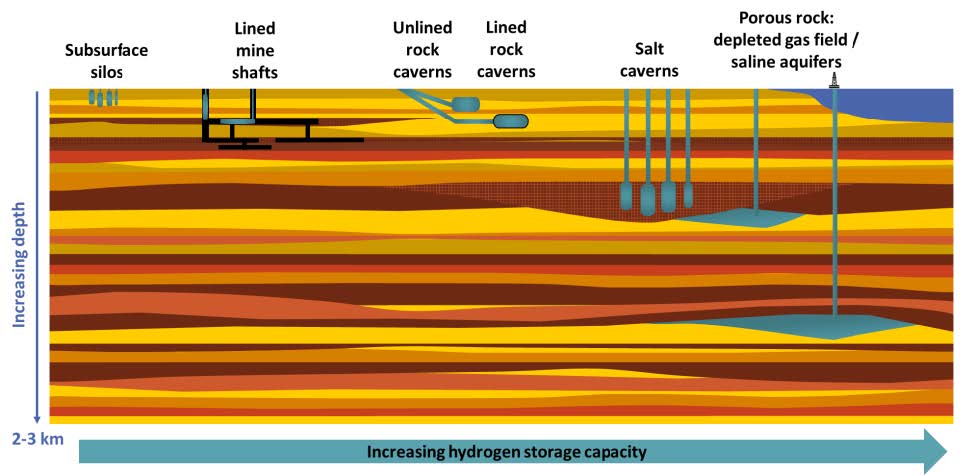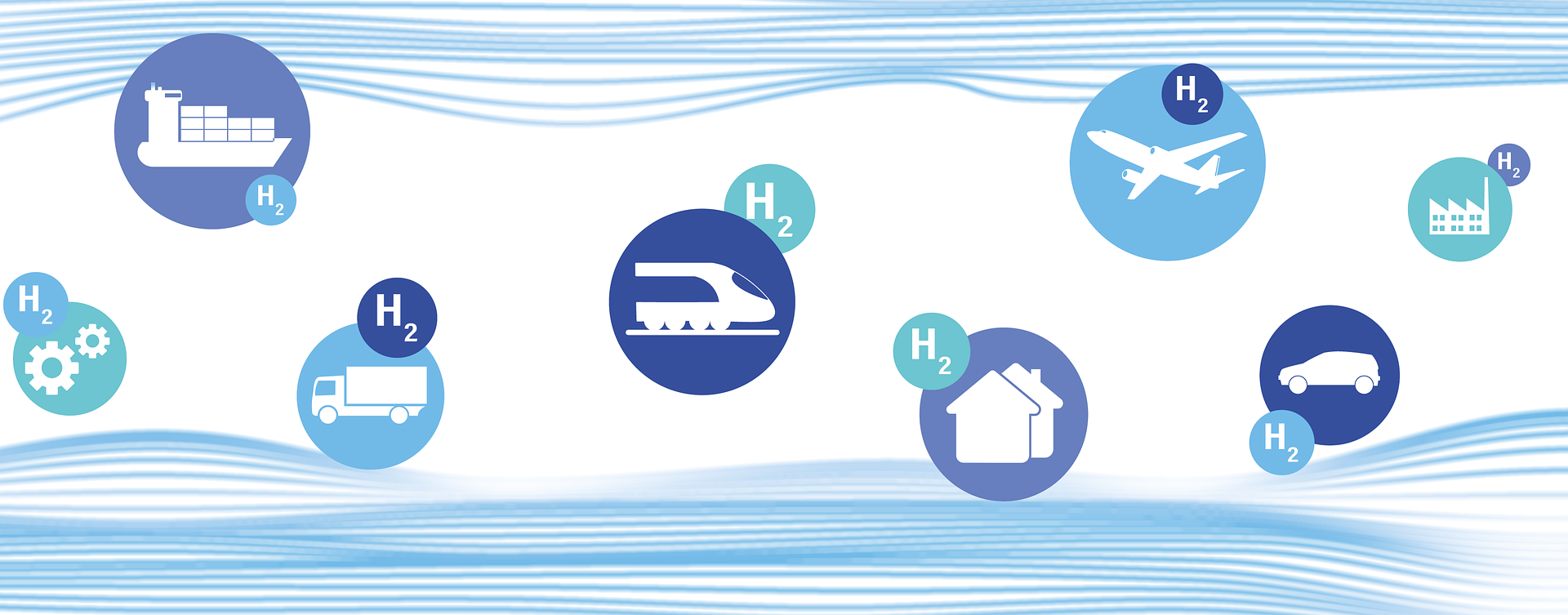Tutor(s)
Russell Davies: Director, Redlands Fault Geological Consulting LLC.
Overview
This course introduces the concepts and methods in trap and seal analysis, particularly in relation to fault characterization, including fault mapping and fault seal, as applied to cross-fault flow resistance in traps for hydrocarbons and carbon containment in subsurface reservoirs. The course additionally includes the analysis of caprock (top seal) for predicting seal capacity and evaluating risks associated with capillary and mechanical controls. Overall, the course emphasizes the importance of an integrated approach to trap and seal analysis in subsurface reservoirs. The lectures introduce fundamentals and advanced concepts for faulting and flow for the prediction of fault behavior in subsurface traps and the concepts discussed are applied in simple exercises to reinforce learning.
Duration and Logistics
Classroom version: A 4-day classroom course, comprising a mix of lectures (65%) and hands-on exercises (35%). The manual will be provided in digital format and participants will be required to bring a laptop or tablet computer to follow the lectures and exercises.
Virtual version: Five 4-hour interactive online sessions presented over five days. Digital course notes and exercise materials will be distributed to participants before the course. Some exercises may be completed by participants off-line.
Level and Audience
Intermediate. The course is intended for geoscientists (geologists and geophysicists) and petroleum engineers, so they can apply these principles in their subsurface projects.
Objectives
You will learn to:
- Analyze fault geometries and architecture, apply this knowledge to make robust fault interpretations.
- Assess fault rock types and properties and likely impacts on fluid flow across and along faults.
- Conduct juxtaposition seal analysis and employ triangle diagrams.
- Apply algorithms, such as SGR and CSF, for predicting clay contents across faults.
- Assess the relationship between threshold pressure and fault seal capacity against the clay content predicted across fault surfaces.
- Characterize faults as potential migration and leakage pathways.
- Evaluate the geomechanical and capillary properties of top seal units.

